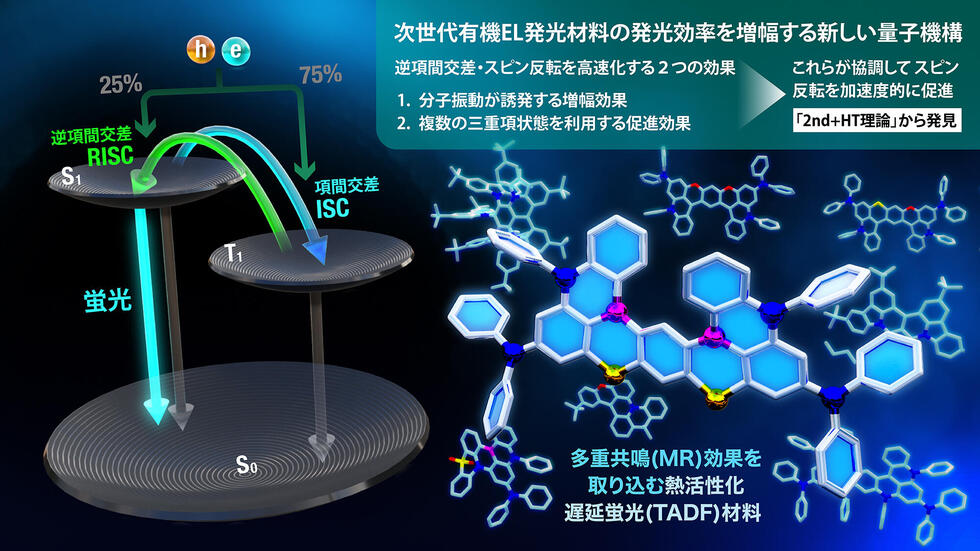2024-01-31 ハーバード大学

The gripper switches between three modes, which are suited to tasks that require maintaining a secure hold on an object or applying high pressure, precise finger positioning or in-hand manipulation, and passive adaptation to the shape of larger, delicate, or irregularly shaped objects.
◆SEASのJustin Werfel氏率いるチームは、隕石の被害を自動修理できるロボット技術の開発に従事。柔軟なロボットアームや多機能なグリッパー、人間との協力技術など、異なる課題に対応する手法を模索。施設内の維持作業や修理をロボットが担当し、将来の宇宙探査に備える。
<関連情報>
- https://seas.harvard.edu/news/2024/01/robots-help-human-habitation-space
- https://ieeexplore.ieee.org/document/10305242/
- https://www.science.org/doi/abs/10.1126/scirobotics.adf9001
マルチモード把持と操作のための変形可能なリンケージベースグリッパー Transformable Linkage-Based Gripper for Multi-Mode Grasping and Manipulation
Junghan Kwon; David Bombara; Clark Teeple; Joon …
IEEE Robotics and Automation Letters Published:02 November 2023
DOI:https://doi.org/10.1109/LRA.2023.3329758
Abstract
Gripper hardware design often involves a trade-off between distinct and sometimes opposing goals (e.g., high grasping force vs. gentleness). To address this trade-off within a single device, we present a multi-mode gripper with fingers that are scissor linkages, that can actively transform between three distinct modes by varying the number and locations of mechanical singularities. Each of these modes has properties that are suitable for specific needs. Mode 1 provides high grip strength, using a short lever arm and rigid structure. Mode 2 allows precise finger positioning and in-hand manipulation, using two independently controlled DOFs per finger. Mode 3 provides underactuated grasping that can passively adapt to delicate or irregularly shaped objects, with four DOFs per finger. The kinematic relationships, joint torques, and fingertip forces are derived analytically for each of the three modes. Gripper performance and the kinematic model are verified experimentally.
局所的な補強によるソフトロボットアームの可搬重量の増加 Increasing the payload capacity of soft robot arms by localized stiffening
DANIEL BRUDER, MORITZ A. GRAULE, CLARK B. TEEPLE, AND ROBERT J. WOOD
Science Robotics Published:30 Aug 2023
DOI:https://doi.org/10.1126/scirobotics.adf9001
Abstract
Soft robot arms offer safety and adaptability due to their passive compliance, but this compliance typically limits their payload capacity and prevents them from performing many tasks. This paper presents a model-based design approach to effectively increase the payload capacity of soft robot arms. The proposed approach uses localized body stiffening to decrease the compliance at the end effector without sacrificing the robot’s range of motion. This approach is validated on both a simulated and a real soft robot arm, where experiments show that increasing the stiffness of localized regions of their bodies reduces the compliance at the end effector and increases the height to which the arm can lift a payload. By increasing the payload capacity of soft robot arms, this approach has the potential to improve their efficacy in a variety of tasks including object manipulation and exploration of cluttered environments.



